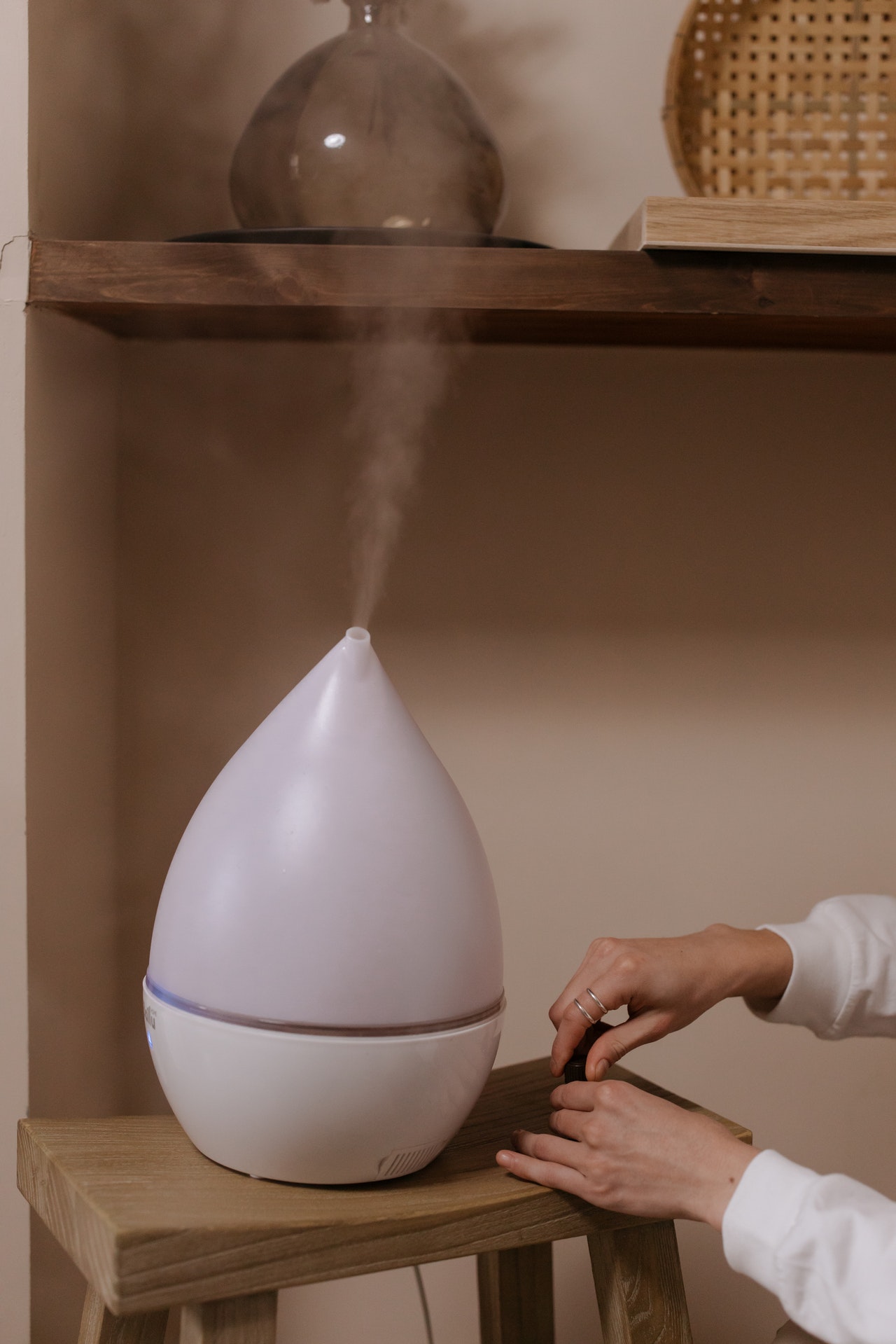
When the temperature outside drops and you crank up the heaters, the humidity level in your home can quickly drop from just right and comfortable to unbearable, having a bad effect on our health. A humidifier can help prevent or alleviate, among other things, the dry skin that develops during the heating season.
But excessive humidity isn’t good either, as over-humidification can promote the growth of mold, bacteria and dust mites. Strive for balance. Based on information from Energy Star, the ideal humidity level in your home is between 30 and 50 percent. In colder areas during the heating season, it should be 30 to 40 percent to prevent condensation on windows.
But with so many models available, how do you decide which humidifier is right? Keep reading to learn about the different types available, get tips on choosing a humidifier for the size of your room, and learn about factors to consider when shopping.
Most humidifiers sold produce a cool mist. If you have a cold, a humidifier with this cool mist can help reduce swelling in your nasal passages, making it easier to breathe.
There are two main types of humidifiers: evaporative and ultrasonic. Evaporative models use a fan to blow air that cools, capturing moisture from wet filters. Replacement filters cost about $40, depending on the model.
Ultrasonic humidifiers use a nebulizer, which is a small vibrating membrane, to create a cool mist. Because there is no fan, ultrasonic models tend to be quieter.
Warm mist humidifiers, also known as steam humidifiers, are usually the least expensive option. They use a heating element to boil the water and create a warm mist, which means they use more energy than cold mist models. But when the temperature drops, you’d rather have a warm mist in your home instead of a cool one. However, these models can cause swelling of the nasal passages and make it difficult to breathe, so they should not be used to relieve cold symptoms.
You can skip the step of finding the right humidifier for the size of your room and just buy the largest one available. However, this is not a good idea. There will be too much moisture in the air, which can facilitate the proliferation of mites and mold, eventually triggering allergic reactions
Ease of use also matters. You need a humidifier that’s easy to carry, whether it’s a smaller model or a floor model. For evaporative humidifiers, check that the filter is easy to change. The frequency of replacement depends on the model and the intensity of the humidifier. Look for user-friendly controls and clearly visible indicators for humidity levels and other settings
Look for a model with a humidistat that shuts off the unit when it reaches a set humidity level – most of these are humidifiers designed for large rooms. If your humidifier doesn’t have one, buy a hygrometer to monitor the humidity level in the room.
Some humidifiers are easier to clean than others. Generally, the humidifier should be emptied, rinsed and dried daily; follow the manufacturer’s instructions for routine maintenance. Bacteria multiply in humid environments, so it’s important to clean your humidifier. Otherwise, this one can release bacteria from standing water into the air, potentially causing flu-like symptoms, especially in people with asthma or allergies.
Main photo: cottonbro/pexels.com